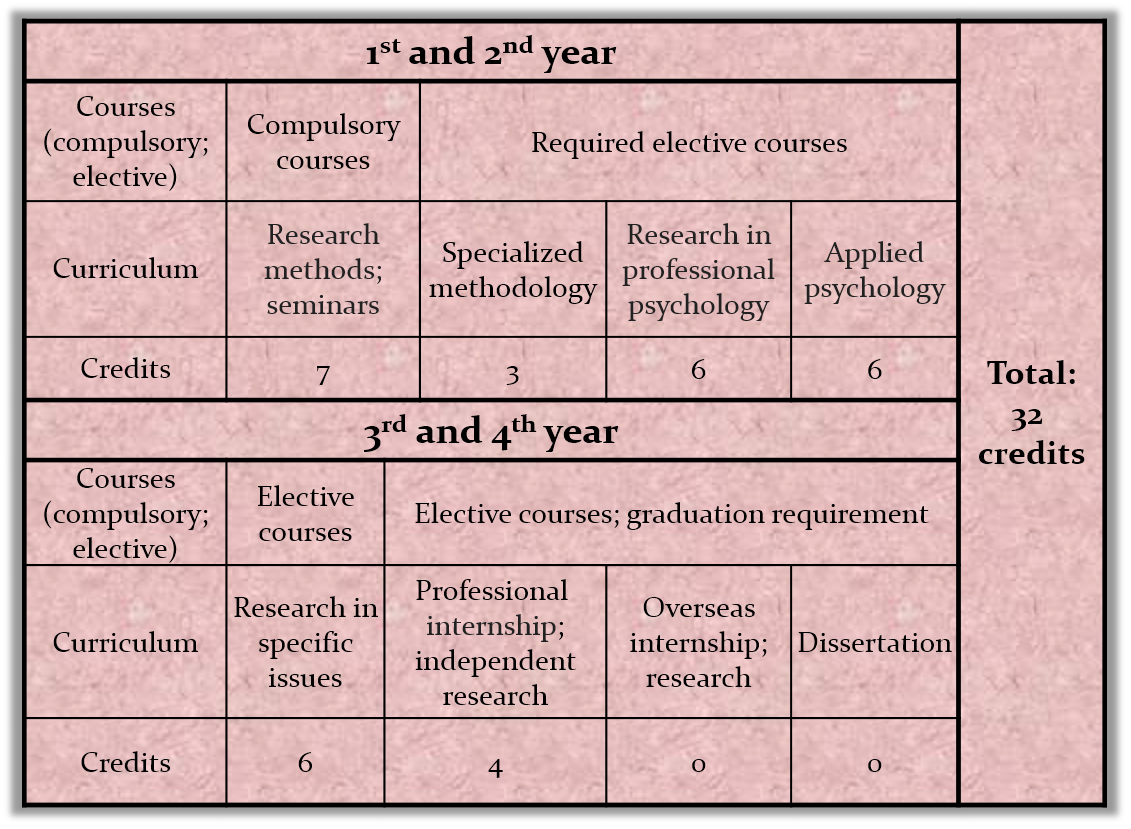
The NIH-Duke Master's Program in Clinical Research, established in 1998, is one of the nation's first training programs in clinical research. Prospective applicants should consult with their ICs for funding sources and secure funding prior to submitting applications. Participants must be able to attend classes held at the NIH Clinical Center in Bethesda, MD. This program is designed primarily for NIH clinical fellows, staff clinicians, and other health professionals who are training for careers in clinical research. NIH-Duke Clinical Research Training Program (CRTP)Ī collaboration between Duke University and the National Institutes of Health. Graduates of these non-accredited programs will be limited in terms of where they can practice, as well as have additional requirements to earn an architecture license and NCARB Certificate.ĭon’t have a degree from a NAAB-accredited program? Learn about your licensure and certification options.NIH-Duke Master's Program in Clinical ResearchĭEADLINE TO APPLY FOR THE 2021-2022 PROGRAM YEAR IS. Many schools offer architecture programs that have not been accredited by the NAAB. Looking for a NAAB-accredited program? Search the NAAB’s list. Additionally, NCARB requires a degree from a NAAB-accredited program to satisfy the education requirement for certification.


licensing boards require that architects hold a professional degree from a NAAB-accredited program, which include Bachelor of Architecture, Master of Architecture, and Doctor of Architecture programs. The NAAB’s accreditation is independent of the school’s overall accreditation. The National Architectural Accrediting Board (NAAB) is an agency that evaluates architecture programs in the United States to ensure that graduates have the technical and critical thinking skills required to have a rewarding career in the profession.


 0 kommentar(er)
0 kommentar(er)
